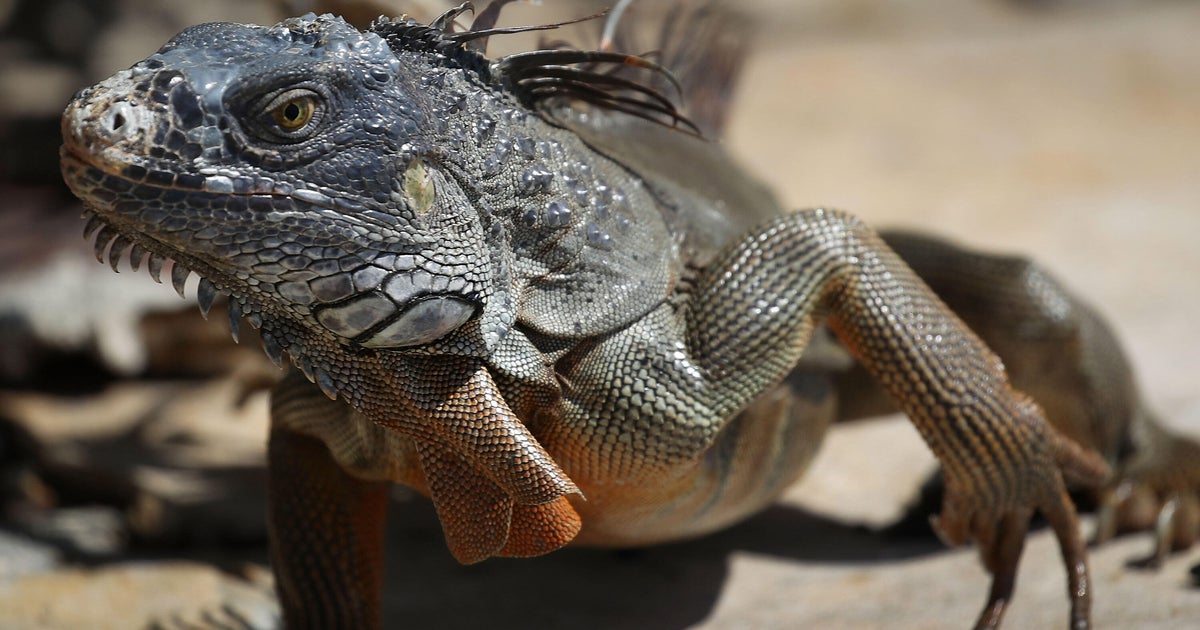A South Florida woman recently found a Mexican spiny-tailed iguana in her toilet, highlighting how invasive reptiles are increasingly making their presence known in the region.
Kristy Simpson said she quickly got rid of the iguana after spotting it in her bathroom. While some residents, like Ted Inserra, say they don’t mind seeing iguanas around their homes, they draw the line when the reptiles show up indoors.
“I know a lot of people. I mean since I was a kid I was a big reptile and amphibian guy,” Inserra said. “Then I’d have a problem. Yes indeed.”
Iguanas are not native to Florida
According to the Florida Fish and Wildlife Conservation Commission (FWC), iguanas are not native to Florida and are considered an invasive species.
Thomas Portuallo, who owns Iguana Control, a trapping business, said sightings are especially common during the summer.
“Well that’s not as common but it does happen. Every time come the summertime when they’re more active, they’ll find a way to get into the toilet. And that’s a scary event,” Portuallo said.
How iguanas get inside Florida homes
When asked how iguanas manage to enter homes through toilets, Portuallo explained: “Most commonly it’s up through the sewage.”
He noted that iguanas are difficult to keep away because of their eating habits.
“We like to plant these flowers that explode and pop in color. That’s what they like to go after,” he said.
To reduce the risk of finding one inside, Portuallo recommends trimming trees, keeping iguanas off roofs, and avoiding certain types of screens that they can climb.
Inserra said iguanas are a regular presence around his house.
“We have some of their deposits around the pool every now and then. And clean that up. It’s almost like having about 20 dogs outside,” he said.
What to do if you see an iguana in your home
Portuallo cautions against trying to trap or catch iguanas without professional help. He said only certified trappers should handle them and added that while they can be killed, the FWC requires it be done in a specific way.



